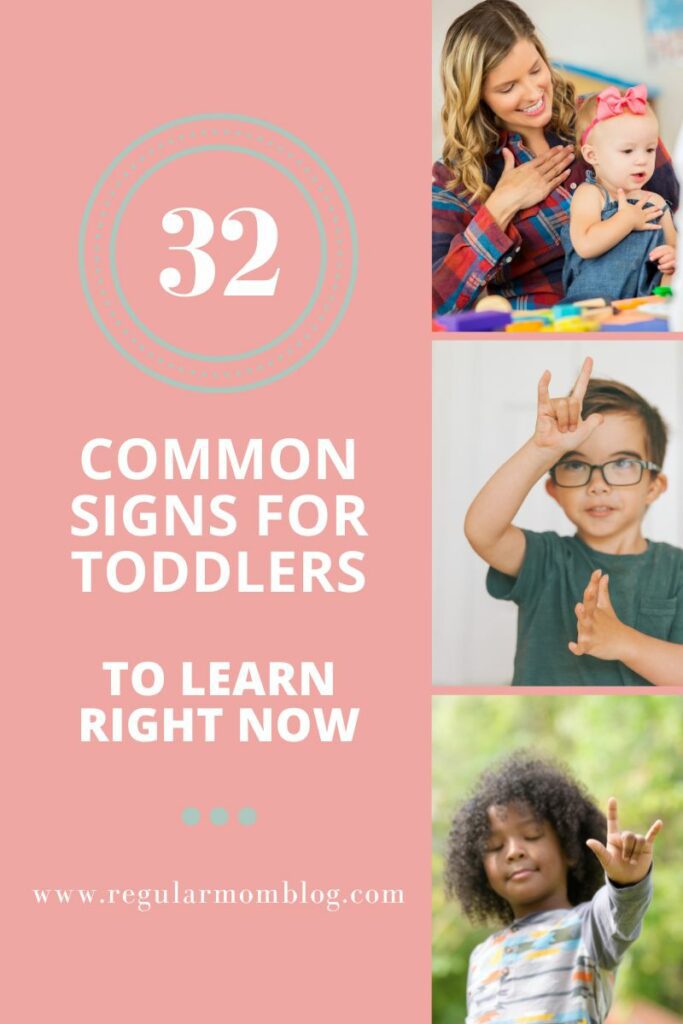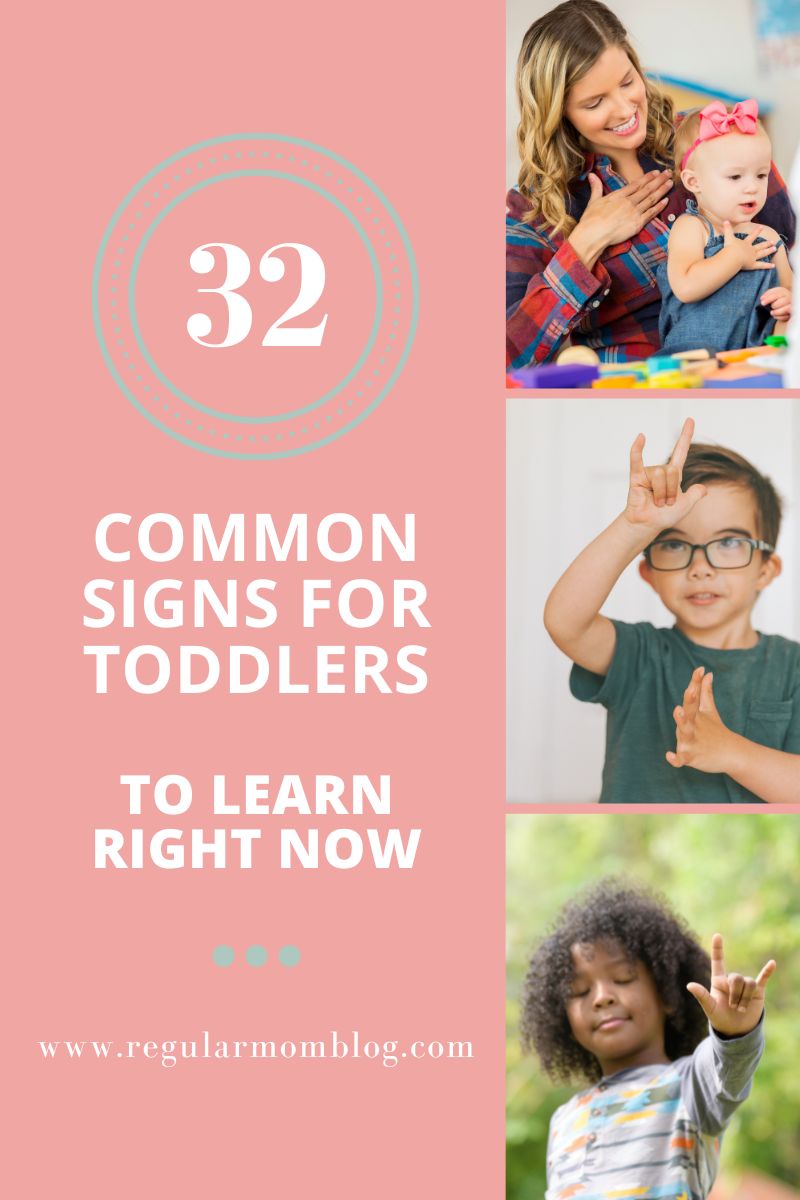advocacy
It’s time to get clear on a language strategy for your child so that you can consistently practice language in your home and watch your child’s communication soar in less time!
Welcome!
I want to show you how to build better language skills at home so you can also parent with clarity and confidence!
Categories
hearing loss
sensory activities
sign language
1:1 Language Coaching
These are the kinds of resources that you will find on my blog!
Happy reading!
Common Sign Language For Toddlers to Learn First
July 1, 2023
Sign language for toddlers is a powerful tool that allows young children to communicate their basic needs and desires before they are able to learn how to speak. The most common sign language for toddlers involves signs that are used in their daily routine, and therefore are easy to teach first.
If you are new to signing, don’t worry! It’s easier to learn than you think. And, I have a resource for you to learn how to sign in your regular, daily routine.

Studies have shown that exposing young children to basic signs, such as “please” and “thank you” can speed up their verbal language development, reduce frustration, and help them feel more connected with their parents and caregivers.
In fact, according to Signing Time, children who were taught ASL signs between the ages of 11 months- 3 years of age actually had better language skills than their peers!
The benefits of sign language for toddlers are undeniable. The good news is that it’s easy to learn and use!
In this post, we’re going to explore the most common signs that toddlers use in their everyday lives and how youcan incorporate the signs into your daily interactions with your toddler.
Common Sign Language for Toddlers
Teaching toddlers sign language can be a fun and rewarding experience for both you and your child!
Using common sign language for toddlers and focusing on repetition and consistency of signs is important to help them remember the signs and to be able to communicate effectively.
One way that I taught my son with cochlear implants to sign was through incorporating fun activities and games into the learning process. This helped to keep him engaged and interested in learning more signs!
Many of the activities were already found in our regular, daily routine. However, each time we played with his favorite trains, read his favorite books, or colored in coloring books, I took the opportunity to practice ASL signs with my son during each activity.

It’s also essential to provide encouragement and praise for your child’s efforts to make them feel confident in their ability to communicate through sign language.
Usually, babies and toddlers start out signing by “approximating” the sign. That is, they don’t do the sign exactly right the first time! However, if they perform the sign close to what it’s suppose to look like, then praise their efforts!
Once your toddler learns that they can communicate and get things that they want or need through signing, they will be even more willing to practice and learn ASL signs!
Best ASL Signs to Learn Today
When it comes to communicating with toddlers, sign language can be an incredibly helpful tool.
Not only does it allow them to convey their thoughts and feelings before they can speak, but it’s also a fun way to learn new things.
Some of the most basic signs your child should learn include greetings and introductions such as “hello” and “goodbye”, as well as expressing gratitude with “thank you”.
Other important signs to know are “please” and “help” for making requests, and “sorry” for apologizing.
It’s also useful for toddlers to learn how to express their emotions, such as feeling “happy” or “sad” or “mad”.
Finally, everyday routines such as “sleep”, “play”, and “eat” can be communicated through sign language, allowing for clear and effective communication.
To learn and practice the signs, download my favorite app ASL Pocket Sign.
A. Greetings and Introductions
These signs are easy to practice! Just practice the sign whenever you meet someone new (which toddlers usually love to do!) and when arriving and leaving the house.
Hello and Goodbye
My Name
Thank You
B. Requests and Expressions
These were the first signs that I taught my kids as babies. It helped so much that they could ask me for help or tell me that they wanted more of their food.
Please
Help
Sorry
More
C. Emotions and Feelings
Expressing feelings is an important part of toddler learning. When they are feeling big feelings, it helps with frusterations and tantrums when your child is able to tell you that they are mad or sad and why. Expressing feelings also helps your toddler build self- awareness which sill make them better communicators as adults.
Happy
Sad
Mad
D. Common daily routines
Learning to express their own routines actually helps transitions between routines go smoother for toddlers! That’s why these are some of the first signs that I recommend teaching your toddler.
sleep
play
eat

Common Sign Language for Everyday Life
For toddlers, communication can be a bit of a challenge. They are still learning how to talk, but that doesn’t mean they can’t express their wants and needs.
That’s where using sign language for toddlers comes in!
By learning basic signs for items that toddlers use in every day life, they are able to communicate with more ease.
Learning ASl signs is a great way to bridge the communication gap and help your little one feel understood!
A. Food and Drinks
These signs are essential to knowing what your toddler wants to eat and drink! I practice these with my kids every time we eat, which is 3-10 times a day depending on how much they want to snack!
Milk
Water
Cracker
Juice
Yogurt
Cereal
Cup
Bowl
Plate
Spoon
Fork
Drink
Eat
B. Animals
Animal vocabulary and animal sounds are among the first 100 words that toddlers learn. It’s easy to practice these signs while playing with toys or reading books.
Dog
Cat
Cow
Horse
Pig
Chicken
C. Objects
Whne you play with your little one, it’s fun to know what toy they want to choose! Building their signing vocabulary with common objects that they use for entertainment increases their ability to communicate faster.
Toy
Book
Ball
Doll
Jump
Play
Sign Language Verbs for Actions and Movements
Some of the basic signs for communication include “more,” “please,” and “thank you,” but it’s also important to know how to describe actions and movements.
Verbs like “walk,” “run,” and “jump” are great for active toddlers, while gestures for “up,” “down,” and “stop” can be used in a variety of situations.
And when it’s time for bath time, signs for “bath,” “soap,” and “towel” can make the process a lot smoother.
By incorporating these common signs into their routine, toddlers can become adept at communicating their needs and desires.
A. Actions
It’s fun to practice action signs! Get your toddler up and moving by practicing these signs with them! I guarantee your toddler won’t object to running and jumping around!
Walk
Run
Jump
B. Movement
Toddlers are all about movement! It’s important for babies and toddlers to build body- awareness by knowing how they move, and also how to stop and slow down their bodies. These ASL signs will help with telling your toddler when to move, and when to stop moving also.
Up
Down
Stop
C. Bath Time
In our house, bath time is one of the favored activities! I practice these signs with my kids every time we take a bath.
Bath
Soap
Towel

Potential Challenges to Learning Sign Language With Toddlers
Learning sign language can be a game-changer, but it’s not always a walk in the park.
Toddlers are known for their resistance, and for some, incorporating sign language for toddlers might be met with opposition.
Don’t worry; this is perfectly normal!
Toddlers may not yet understand the significance of using sign language, so consistency is the key.
Starting slow, being patient, and practicing daily is the solution to overcoming these potential challenges.
Before long, learning sign language for toddlers will become second nature!
Let me show you how easy it is to Teach Your Kids to Sign!
Teaching sign language to toddlers has proven to be an effective way to enhance communication skills at an early age.
Basic signs for greetings, requests, emotions, everyday life nouns, and actions and movements can all be easily learned and practiced by both parents and children.
Consistent and regular practice is key to helping toddlers become comfortable and fluent in sign language.
By incorporating common sign language for toddlers into daily routines and interactions, parents can help toddlers build a strong foundation for effective communication that will benefit them throughout their lifetime.
More ASL Sign Resources

tell me more!
tell me more!
@alemerinobranding.co
DESIGNED BY: ALE MERINO BRANDING CO.
COACHING
Navigation
PODCAST
ABOUT
HOME
Legal
PRIVACY POLICY
TERMS & CONDITIONS
Let's connect
EMAIL hello@raisingdeafkids.com
BLOG